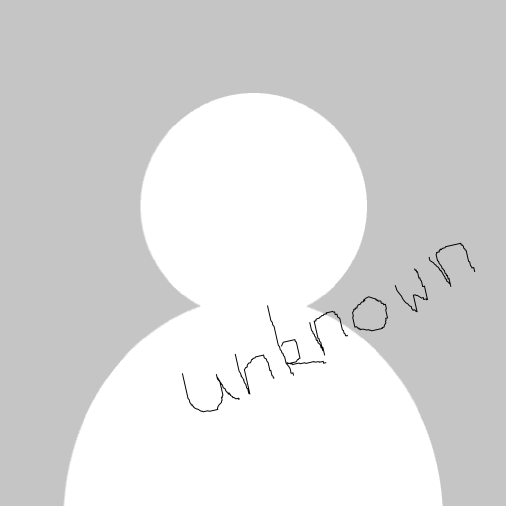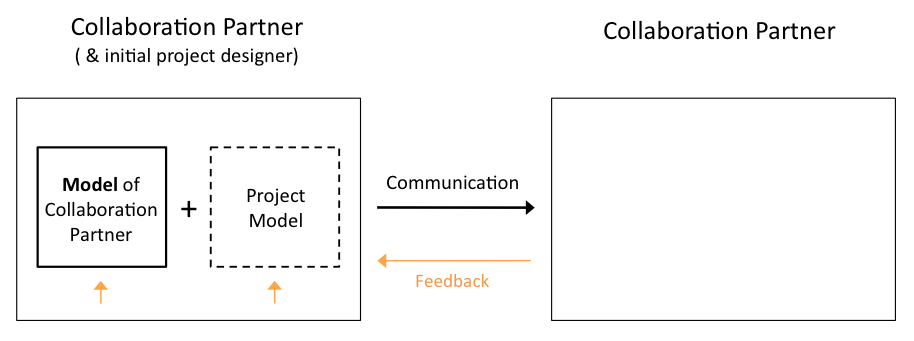Open Source & Circular Economy Is Collaboration with UNKNOWNS
(en;–)
This is only a sketch for a longer article i will probably not find the time to write. But i wanted to share this thoughts.
–
Why does the open source development methodology and the goal of a circular economy are such a great match?
There are several reasons. The definitions overlap in some areas for example or provide answers to each other. But in this article I want to focus on something else that they have in common: They are both about “collaboration with UNKNOWN partners”.
Let’s have a look into that first for Open Source and then Circular Economy.
Open Source
There is a lot of effort put into Open Source these days. Open Source has left the realm of software and wins the attention of an ever wider audience. But occasionally in that process people don’t see what Open Source is in its core – a development or collaboration methodology.
Open Source was coined to describe practices of software development. Software is Open Source when the source code is published under an open license along with documentation of the code. The documentation is a written explanation of the code. It makes it possible for others to understand every single part of the code, use it, modify it and maybe also contribute new code. The documentation helps the team of developers to work collectively towards the same goal.
This is not very different from other collaboration in teams in any project. If you work for example in a company with a team on a project you probably share information with your team members. Everyone in the team has a general idea about the goal of the project, the methodology that is used, decisions that were made in the past and who in the project is doing what and when and why. There is a certain transparency about this in most teams. Communication is the key factor for a successful project.
And in an Open Source project and in the teams that work on them you have this also. But there is this one difference: The Open Source project shares this information publicly for everyone. A closed in house team shares in most cases only in the team and maybe with some other people in and sometimes also outside of the company. This means, that in a closed team you know your colleagues – their names (e.g. Claudia, Taio & Rakesh), their backgrounds, skills and individual characteristics. You will structure the whole project and the information flow within more or less in reaction to this.
But in Open Source you share the information publicly and very often as an invitation to others to join and contribute to the project. You do not know this other persons, yet. So you have to design the project and the information flow of it in a way that allows someone you don’t know yet to understand the project from that, use it and maybe even contribute to it.
You don’t design the processes for Claudia, Taio and Rakesh and the things you know about them. You first create a model of this “Unknown” person (conscious or unconscious)
and design the information process for it. The main difference is, that while for Claudia, Taio and Rakesh you can work a lot more with knowledge about the real persons, for the unknown person you have to work a lot more with assumptions (e.g. “can read”). This can end up to be a very different thing.
Circular Economy
It is clear that i will argue that in Circular Economy you have the same thing: Collaboration with someone unknown. Projects and information processes have to be designed for this.
Circular Economy is about designing and distributing products in a way that allows, enables and promotes reuse, repair, refurbishing/remanufacturing and also full recycling. Anyone who does something of this (reuse, repair, refurbish, recycle) with your product can be seen as a collaboration partner of you, you share the goal of a circular economy with.
But who will this someone be? In circular economy you have always to work with the model of an “unknown” person. For two reasons:
One: We live in a globalized world. People can buy something in China, consume it in Europe and throw it away in Africa. Therefore it is unpredictable who will be the one to reuse, repair, refurbish or recycle your product.
Two: Circular Economy is a concept of eternity. That is its beauty. This means that the reuse, repair, refurbish or recycle can happen anytime in the future. If you add the goal of longlasting products this future is even farer away. So basically you work under the assumption that someone in 1000 years or more will find your product and reuse, repair, refurbish or recycle it [1]. This person is even more unknown to you then the owner of a local repair-shop in a backyard somewhere in Havana.
So you have to design your product and make information about it available so that someone unknown can practice and turn over the circular economy design you intended to create [2].
Collaborating with Unkowns
I think this is super interesting to explore further! Here are some suggestions how:
(1) Open Source explored this collaboration with unknowns for a while now and made a lot of progress. What can Circular Economy learn from Open Source? What can also be used and further developed in Circular Economy? Techniques like Read Mes, Open Licensing etc.
(2) This article works with a certain model of human communication. It presumes that humans have “models” or “concepts” of others and use them to design communication statements – I think Claudia likes flowers therefore I get her some… Three things about that:
(a) There are several communication and interaction as well as philosophical theories that work with this or similar ideas. I don’t know their names, I don’t know where I picked this up. But it could be interesting to find those theories and see what more details they have in their models and what questions and perspectives this details produce in regard to our questions.
(b) It could be interesting to investigate some Open Source projects and check which partner “model” is expresses in their communication designs. Maybe Open Source can learn from that.
(c) What kind of partner model works best for Circular Economy? And how to design products and information processes for it?
I think researching this questions would be very interesting, for academia as well as for real design processes! I would be happy if someone would pick this up.
––
Don’t read the footnotes
1 This also means that you have to design the product and the information around it in a way that allows the reuse, repair, refurbish or remanufacturing without your company (An attitude we can find in Open Source). The only way around this would be, that you assume, that your company will be there forever. Which is statistically illogically.
2 At least you should do it when you see a circular economy happening in a relatively diverse and distributed company structure – with thousands or maybe even millions of independent companies on the planet – as we have it today. The only way around this “unknown” model would be to think, that your company will be mighty and spread around the globe with a reach into every little corner… You would need a perfect global monopoly. But when we look at the companies we have today, we see, this is what they try to achieve – monopolies. And this explains maybe why the Circular Economy efforts of some companies nowadays look a bit strange. From this cloud perspective on things a Circular Economy can only work in a world with a handful of companies having global monopolies on almost all stuff or a company world that looks not very different from the one we have today where companies have learned to share power (about their products).
. . . . .

 img Raw Data (ppx file)
img Raw Data (ppx file)